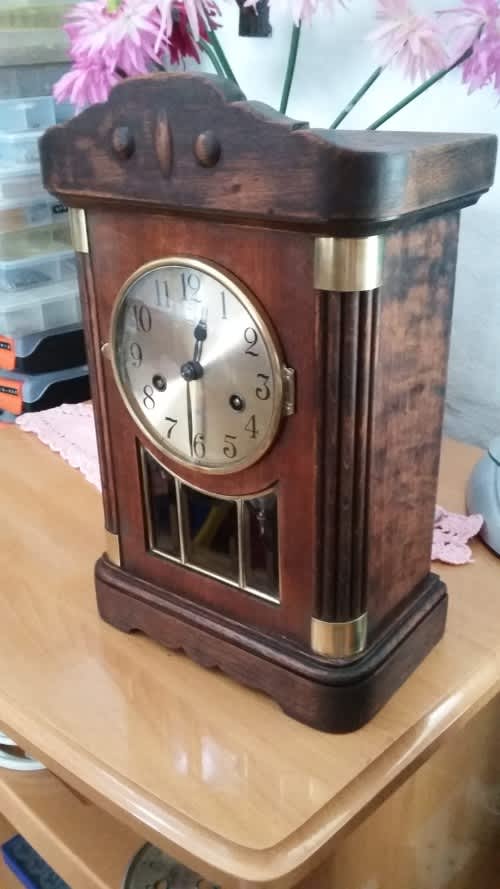
1859 – Thaddaüs Rinderle (1748-1824), a Benedictine monk, mathematician, and clockmaker, taught at the University of Freiburg.The façade of these clocks was decorated with hand-painted drawings, often by the farmers’ wives who had turned into clockmakers. It also manufactured clocks with brass wheels between wooden plates. The Black Forest quickly became the center of German clockmaking, famous for its cuckoos, but not only. It is displayed at the German Watch Museum in Furtwangen in the Black Forest. But the first cuckoo clock appeared between 17 (illustrated). Other attributes the first cuckoos to Michael Dilger and Matthaus Hummel in 1742. 1730 – Anton Ketterer (1676-1749), one of the founders of Black Forest clockmaking, is recognized by a historian as the cuckoo’s inventor.Bodeker is known for a clock with a centrifugal pendulum. – Jost Von Wartbergh Bodeker is a German vicar born in Osnabrück at the end of the 16 th century and died beginning of the 17 th century. 1640 – Clock production began in the Black Forest.It was a furniture clock in the shape of a square tower with a power reserve of three months, which was exceptional at its construction, around 1631. 1631 – Johann Sayler (1597-1668) developed an astronomical clock on display at the Landesmuseum Wurttemberg. He built in 1577-78 an astronomical clock exibited at the Kunsthistorisches Museum, Vienna, Austria. 1505-1586) from Füssen, Baviera was a famous clockmaker. These boxes had Renaissance decorations and, later, around 1620, engravings. 1520 – The clock of that era had its spring inserted into square metal boxes: on one side, there was the dial with the only hour hand, and on the other, a lid that gave access to the spring winding and the adjustment of the time.
#Gustav becker clockmaker portable
1485-1542 – Peter Henlein, a clockmaker and locksmith from Nuremberg, made tiny portable and wearable clocks and was sometimes considered the watch inventor.With the decline of sales, Becker stopped selling complex clocks, and returned to making more simple designs.3.02.1 – The highlights of German clockmaking During the 1880s, the Black Forest clockmakers began competing with Becker, with good quality, less-expensive models. He won clock fairs in London, Paris, Sydney, Melbourne, Berlin and Amsterdam. starting from fairly simple clocks, the clocks became complex and very ornamental, and sales rose to a peak in 1875, with over 300 000 clock orders.

In the 1860s, he began to create the Classical Gustav Becker clocks. After the orders, he received a fortune from the Duke of Martibore, and with this money he could pay enough to make clock cases for train stations.

In 1854 he received large orders from the British Royal Mail and the Silesian Telegraphy Centre. Crowds were drawn to his works because of quality, and he was awarded the gold medal for the best clock in the fair. His breakthrough came in 1852 at the Silesian Clock Fair. First, he created clocks in the Viennese model, and thanks to his success, in 1850 he moved his business to a better business centre. In 1847 in Friburg he opened a small clock shop with few employees to whom he taught clockmaking. He learned clockmaking in Silesia and enriched his skills by learning from many masters around Germany which, during that era, was the most important country in the clock industry.

Gustaw Eduard Becker (Oels 1819 - 1885 Berchtesgaden) - German clockmaker and founder of the brand Gustav Becker. Pine structure, walnut veneer. Lenght 75 cm, width 30 cm.

Wall clock in the silesian style, signed.


 0 kommentar(er)
0 kommentar(er)
